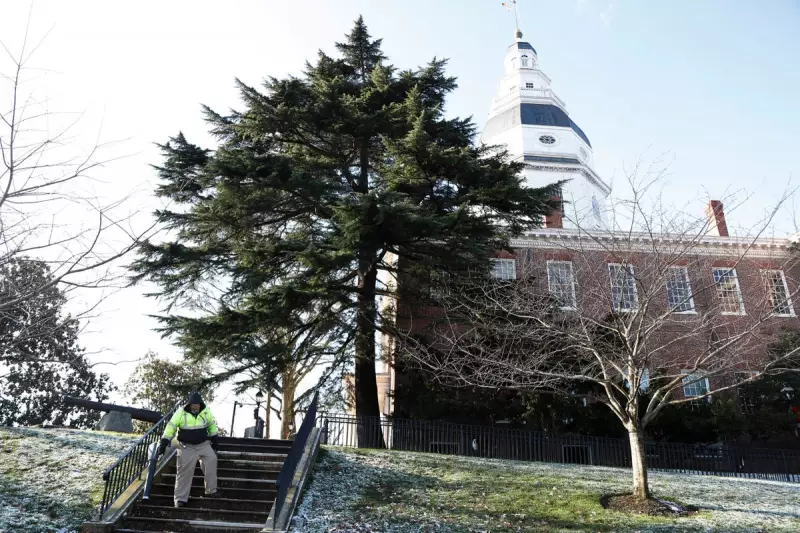
A massive container ship collision has caused the catastrophic collapse of Baltimore's Francis Scott Key Bridge, plunging multiple vehicles into the Patapsco River and triggering a major emergency response operation.
Emergency Services Scramble to Scene
Emergency crews are conducting extensive search and rescue operations after the dramatic bridge failure, which occurred around 1:30am local time. The Singapore-flagged container vessel Dali reportedly lost power moments before striking the bridge support, leading to the immediate structural failure.
Baltimore Fire Department Chief James Wallace confirmed that sonar has detected vehicles submerged in the water, though the exact number of casualties remains unknown. "We are dealing with a mass casualty event," Wallace stated during a press conference.
Ship Issues Mayday Before Impact
Authorities revealed that the ship's crew managed to issue a mayday call just before the collision, allowing police to stop traffic flowing onto the bridge. This quick thinking potentially saved numerous lives by preventing more vehicles from being on the structure during the collapse.
The 2.6km Francis Scott Key Bridge, a vital transportation link serving the Port of Baltimore, completely fractured upon impact, with dramatic footage showing sections plunging into the dark waters below.
Regional Impact and Investigation
Maryland Governor Wes Moore has declared a state of emergency, describing the incident as "a shock that shook our entire state." The collapse has severed a crucial economic artery, with the bridge handling approximately 11.5 million vehicles annually.
Transportation safety officials have launched a full investigation into the circumstances surrounding the power failure aboard the Dali and the subsequent collision. The incident raises significant questions about infrastructure resilience and maritime safety protocols.
The Port of Baltimore, one of the busiest on the US East Coast, has suspended all vessel traffic until further notice, creating immediate supply chain disruptions that could affect regional commerce.





